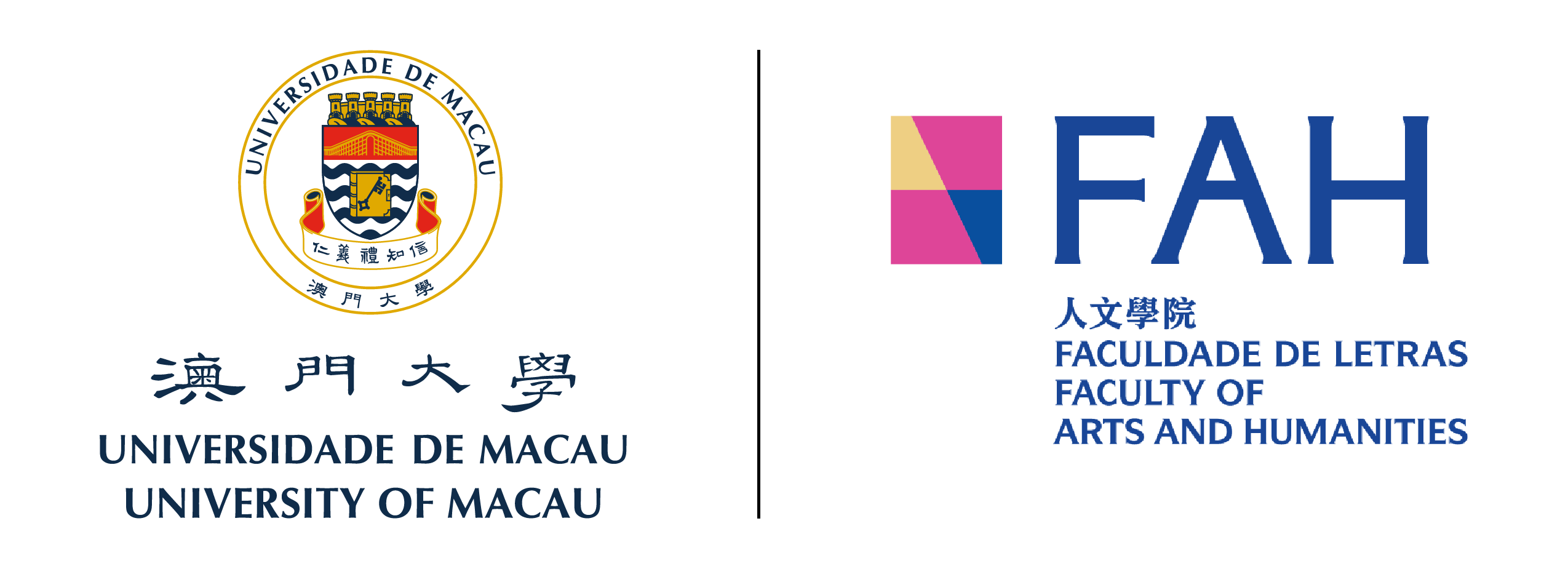Professor Yang Bin, Department of History, Faculty of Arts and Humanities, University of Macau, has participated in the collection, collation and compilation of the Jiangxi Fuliang Sanyinwan Wangshi Wenshu江西浮梁三银碗汪氏文书 (The Wang Documents of the Sanyinwan Village, Fuliang, Jiangxi Province) that has been recently awarded the 2022 National Rare Books Collation and Publication Grant and would be published by The Southwest Jiaotong University Press (https://www.nppa.gov.cn/nppa/contents/279/103705.shtml). Divided into eight volumes, it amounts to about 4000 pages.
On March 28, Office of the Leading Group of Planning National Rare Books Collation and Publication announced the funding of 77 publication projects including the Jiangxi Fuliang Sanyinwan Wangshi Wenshu that has been collaborated by Professor Yang Bin, Professor Cao Shuji of Shanghai Jiaotong University, and Professor You Huansun of Jiangxi Normal University. The Sanyinwan village is located in the north of Fuliang County, Jiangxi Province, adjacent to Xiuning County, Anhui. The Wang documentation lasted for 360 years from the late Ming Dynasty to the Republic era, and its number amounts to 1,427 pieces. In the early Ming Dynasty, the Wang family moved from Dafan Village, Wuyuan County, Huizhou Prefecture, Anhui Province, via the Wangcun Village, Xiuning County and finally to Fuliang County, Jiangxi Province. Broadly classified into the well-known Huizhou Documents, this historical textual source, due to its long time span and focus on industrial changes in a hill village, has yielded its distinctive significance for socio-economic history.
The Office of the Leading Group of Planning National Rare Books Collation and Publication was established in 1958. The Office is responsible for planning, formulation, implementation of rare books collation and publication; it also conducts national investigation and information communication in the collation and publication of rare books and organizes evaluation, funding, publication coordination, and relevant academic activities and communication. Generally, more than one hundred projects are selected for funding each year.

